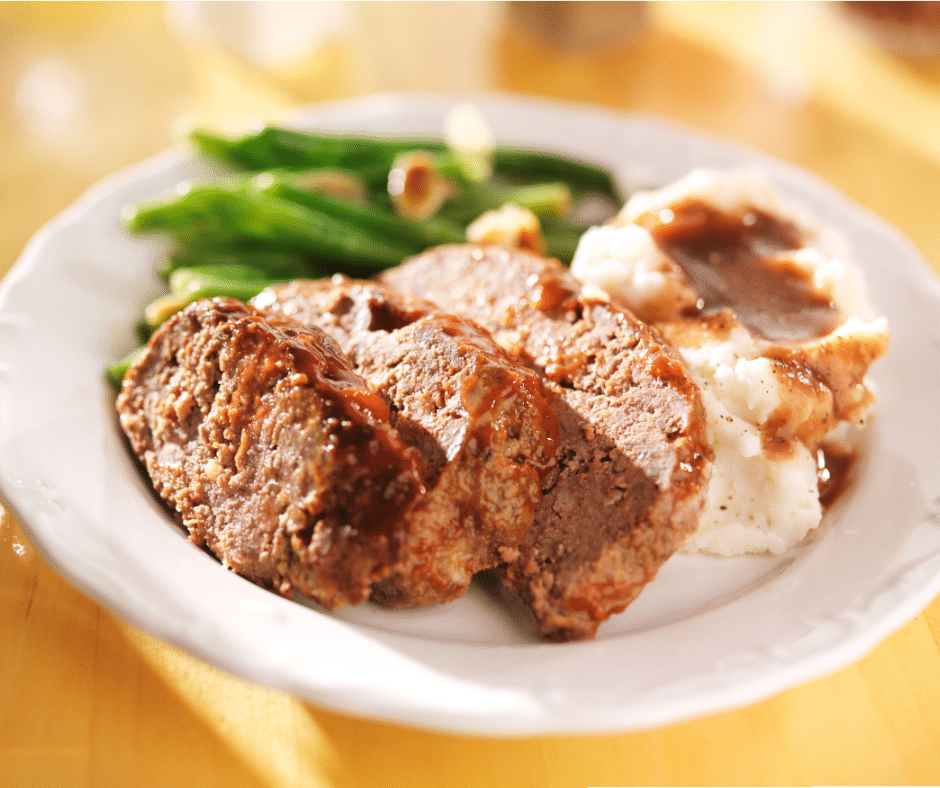For many backpackers, one of the most rewarding aspects of travel is experiencing the local cuisine. From street food to fine dining, trying new dishes and flavors is an excellent way to immerse oneself in the local culture and gain a better understanding of the region’s traditions and history. However, knowing how to navigate the local food scene can be challenging, so in this ultimate guide, we’ll provide some tips on how to sample local cuisine on your backpacking trip.

Do Your Research
Before embarking on your trip, do some research on the local food culture and identify some must-try dishes or specialties. Guidebooks, travel blogs, and food-based social media accounts are great resources for finding recommended restaurants and food tours. You could also ask locals or fellow travelers for recommendations on where to find the best street food or traditional dishes.
Take a Food Tour
For those new to the local cuisine, taking a food tour is an excellent way to get acquainted. Food tours are often led by locals or food bloggers, and they’ll take you to some of the most iconic food spots in the region. They help you to understand the history and significance of the dishes you’re trying and give you a chance to learn more about the local food culture. It is also a great way to meet other foodies on their culinary adventures.
Go Local
When it comes to food, the locals know best. Avoid tourist-oriented restaurants, as you might not get the authentic local experience. Instead, seek out local eateries and street food stalls. If you’re unsure about hygiene, look for places with long lines or ask locals for advice on safe food choices.
Be Open-Minded
Dishes and flavors can be vastly different from what you might be used to, so it’s essential to keep an open mind and be willing to try new things. Don’t be afraid to ask questions about the ingredients and preparation methods, and if you’re not sure about something, ask the locals for clarification. Also, don’t be overly reliant on familiar dishes such as pizza or hamburgers, as they might not represent the local cuisine.
Learn the Lingo
Learning a few key food-related phrases in the local language will not only help you to navigate menus, but it also shows that you’re making an effort to connect with the local culture. Phrases such as “please,” “thank you,” and “can you recommend something?” are essential and will be appreciated by the locals.
Follow the Crowds
If a restaurant is buzzing with customers, that’s usually a good sign that the food is both delicious and authentic. Follow the locals and join in the dining atmosphere.
Choose Seasonal Dishes
Eating seasonal dishes is an excellent way to connect with the region’s culture and traditions. Popular local dishes are often created to reflect the changing seasons, celebrating a particular holiday, or using specific ingredients that are only available during certain times of the year.
Pace Yourself
When sampling new dishes, it’s important not to overload your stomach and miss out on other experiences. Allow time to rest and digest between meals and avoid eating too much of one thing. Instead, try small bites of different dishes to sample and compare different flavors.
Be Mindful of Your Health
When traveling, it’s important not to compromise your health for the sake of culinary experiences. Pay attention to the hygiene and preparation methods of the food being served. Be mindful of food allergies or intolerances and have medication on hand in case of an emergency.
Embrace the Experience
At the end of the day, sampling local cuisine is about embracing the culture and the experience. Food is a beautiful way of connecting with local traditions and creating memorable experiences. By following these tips, you’ll be able to navigate the local food scene and create memorable culinary moments on your backpacking trip.
Sampling local cuisine is a fantastic way to immerse yourself in the local culture when backpacking. Through proper research, exploring local eateries and street food stalls, embracing new flavors, and taking the time to rest and digest between meals, you’ll develop a greater appreciation of the region and its traditions. By following the tips outlined in this guide, you can enjoy a memorable culinary experience that will enrich your travel adventure.
